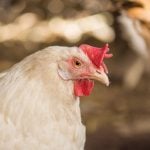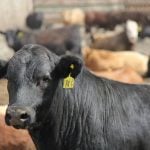Provincial Summary Variable precipitation over the past week slowed seeding progress in some areas; Seeding is 20 to 25 per cent complete in the Southwest Region, 55 per cent complete in the Northwest Region, 60 to 75 per cent complete in the Central Region and 75 per cent complete in both the Eastern and Interlake



